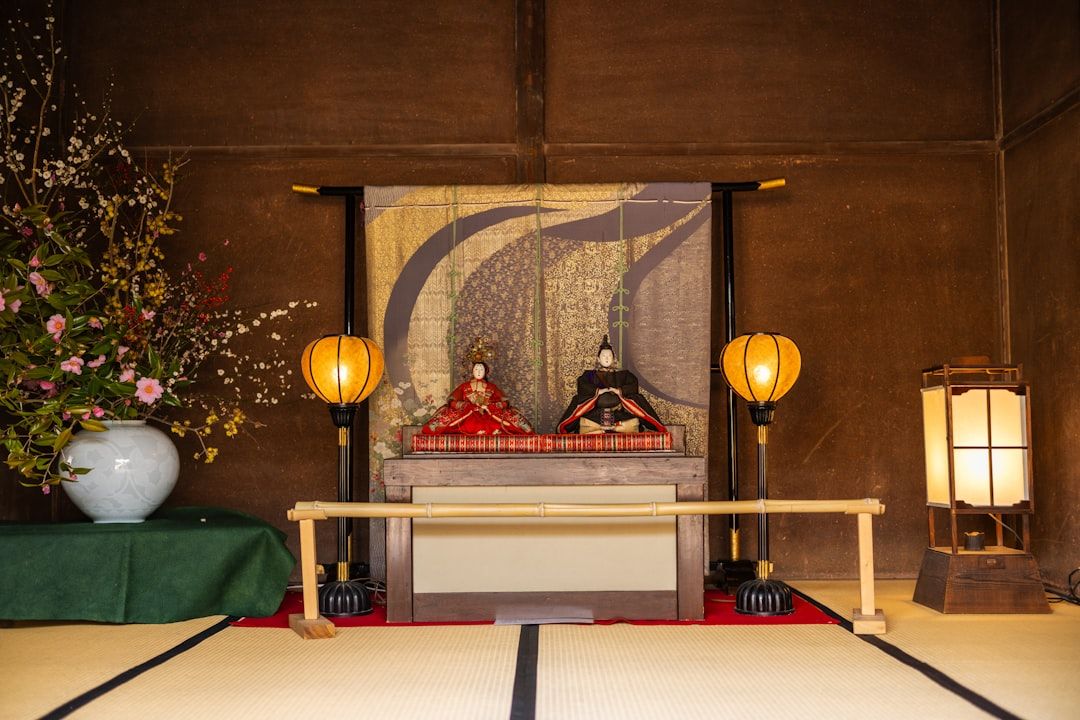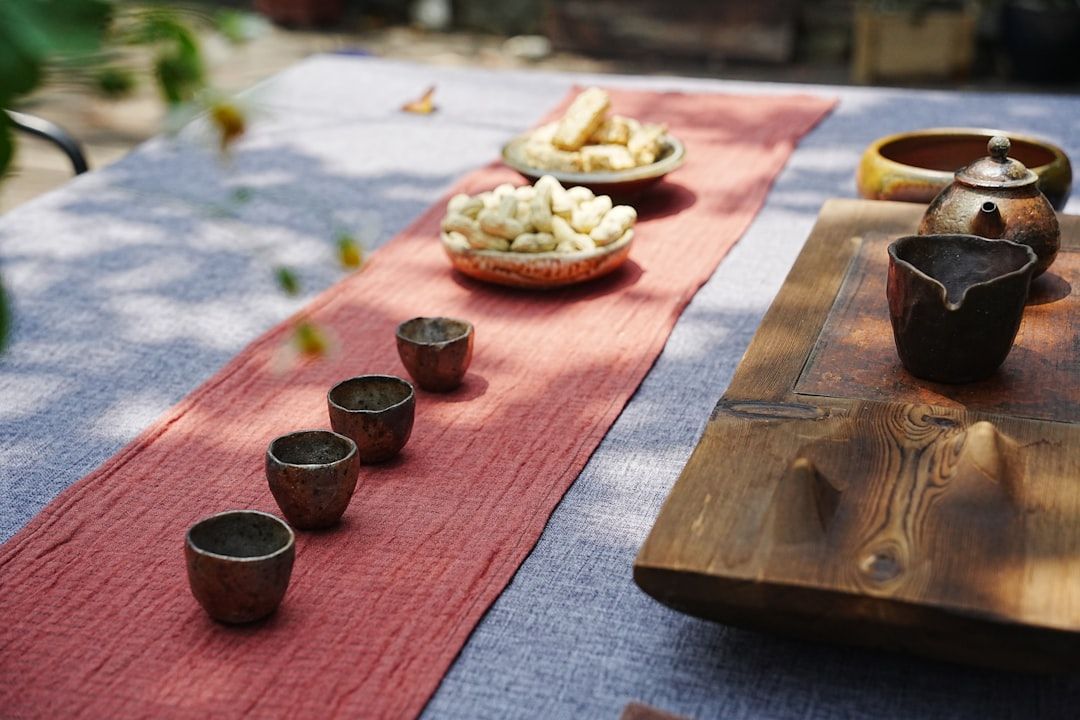The Assassin’s Creed Shadows game introduces players to a richly detailed and immersive world of feudal Japan. One of the more intriguing elements of the game is the Tea Ceremony side quest, which challenges players not only in gameplay mechanics but also in their understanding of Japanese customs and the legacy of honor. This guide offers a complete walkthrough with all the right answers and strategies to get you through the Tea Ceremony flawlessly. Whether you’re aiming for 100% completion or just want the full story experience, this walkthrough will ensure you don’t miss a thing.
TLDR
The Tea Ceremony in Assassin’s Creed Shadows is a side quest that tests your ability to answer culturally sensitive questions during a traditional Japanese tea ritual. You must follow proper etiquette and give the correct responses to gain favor with key NPCs and unlock special rewards. This guide walks you through the entire interactive event, step-by-step, with all the correct answers documented. Finishing the quest perfectly improves your standing and may even influence alternative dialogue outcomes later in the game.
Understanding the Tea Ceremony in AC Shadows
The Tea Ceremony is more than just a side quest—it’s a cultural trial designed to reflect historical practices. It occurs during the main storyline but can also be explored through a side mission titled “Harmony in the Steam”.
Players are invited to a ceremonial tea gathering hosted by a dignified local lord. The event is a test of etiquette, observation, and appropriate conversation. One wrong answer may result in losing reputation points or missing a key piece of lore.
First, What Triggers the Tea Ceremony?
- Must complete the primary mission: “Whispers of Autumn”
- Speak with NPC Aiko in Kyotan City who invites you
- Ensure you are wearing the Formal Travel Attire before attending
Tea Ceremony Answers Walkthrough
You’ll be faced with a sequence of dialogue prompts throughout the ceremony. The host, Lord Mitsunobu, will observe your manners, ask questions, and gauge your knowledge of Japanese customs. Here’s the right way to approach each moment:
1. Entering the Tea Room
- Question Prompt: “Do you remove your footwear before entering?”
- Correct Action: Select “Yes, it is a sign of respect to the host and the space.”
This sets the tone. Failing to acknowledge this basic custom immediately results in a subtle loss of respect.
2. Placement of Yourself in the Room
- Question Prompt: “Where would you seat yourself?”
- Correct Answer: “Far left, closer to the Tokonoma alcove.”
Choosing this position acknowledges the guest’s role and honors the host.

3. First Group Question – Significance of the Tea
- Question: “What does the tea symbolize in this ceremony?”
- Answer: “It represents harmony, purity, and tranquility.”
This is a philosophical question testing the player’s familiarity with the “Way of Tea” or Chadō.
4. Choosing How to Hold the Tea Bowl
- Prompt: “How do you hold the Chawan?”
- Answer: “With two hands, bowing slightly before raising it.”
Incorrectly choosing to hold it with one hand or skipping the bow triggers a minor disapproval from the host.
5. Discussion About the Tea Whisk
- Question: “Why must the tea be whisked 30 times and not more?”
- Answer: “To create a light foam without disrespecting the balance.”
This is a historical nod to the proper preparation and symbolic control of method over excess.
6. Responding to the Lord’s Reflection on Order
- Question: “Is the ceremony truly about the tea?”
- Answer: “It is more about presence and intention than the tea itself.”
Philosophical alignment here earns you extra regard and opens up potential for bonus dialogue later.
Optional Questions You May Encounter
Depending on your prior dialogue choices in the campaign, you may encounter one or more of these bonus prompts:
- “Who popularized the tea ceremony as an art in this land?”
Correct answer: “Sen no Rikyū, who transformed it from routine to spiritual practice.” - “What does each guest bring to the ceremony?”
Correct answer: “Mindfulness and mutual respect.” - “Do you see war reflected in this peaceful setting?”
Correct answer: “Peace must be understood to grasp the futility of war.”

Finishing the Ceremony
Upon successfully answering all prompts, Lord Mitsunobu offers his commendation. The bonus for perfect completion includes:
- +75 Reputation Points in Kyotan Province
- Bonus gear: ‘Tea Bearer’s Haori’ (adds +5 charisma in negotiation scenes)
- New journal entry added: “Echoes in the Silence,” revealing a precursor memory
If you fail more than 3 questions, you leave the ceremony marked as socially awkward, reducing your reputation and limiting access to bonus gear.
Why the Tea Ceremony Matters in Gameplay
Far from a mere filler event, the Tea Ceremony represents a core thematic moment in Assassin’s Creed Shadows. Successfully completing it not only provides tangible rewards but also shapes how certain NPCs react to you for the remainder of the game. In cities like Kyoto and Takatsuki, ceremonial respect is reflected in your influence with merchants and diplomats.
Replay Value
Later in the game, players can revisit similar instances of ceremonial etiquette, including a “Moonlit Noh” event and an imperial sake-tasting trial. Mastering the Tea Ceremony unlocks a hidden path during the “Path of the Crane” mission, offering stealth alternatives that are rewarded with rare relics.
Final Tips
- Study key Japanese cultural elements—The game is exacting in its expectations.
- Be patient with pacing—Rushing through options can lock you out of perfect outcomes.
- Wear culturally appropriate attire—Some interactions differ based on what you wear when entering the tea house.
- Save before the ceremony—In case you want to reload for a perfect run.
Conclusion
The Tea Ceremony quest in Assassin’s Creed Shadows is more than ornamental—it is an immersive, meaningful segment that reflects the game’s commitment to historical depth and multifaceted storytelling. By following this walkthrough and giving the correct responses, you not only enhance your standing in the game but also deepen your understanding of one of Japan’s most noble arts. It’s a testament to how video games can offer authentic cultural reflection while still challenging a player’s intellect and choices.

